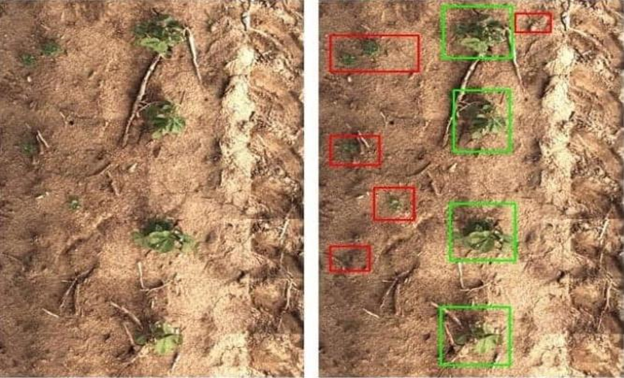Agriculture plays a significant role in sustaining our society, and evolving agriculture practices is necessary to serve the rapidly growing population. To assist the agriculture industry and the ever-growing food demand, the technology industry has been offering immense support. With digital transformation as a catalyst for agricultural growth, artificial intelligence (AI) in particular, with its diverse capabilities, has proven extremely beneficial in this sector.
Ways AI is Transforming Agriculture
Analyze Soil Condition and Guide Plantation
Prior to planting a new crop, analyzing the condition of the soil is critical for deciding on the next crop and its success. This is an intense process and requires checking the condition of the soil, temperature and humidity in climate. Failing to understand this can lead to sever loss of crops for farmers. Here where AI can come into play.
In many countries, farmers are adopting various digital solutions like AI to analyze data coming from various remote sensors regarding soil nature, temperature data, previous crop data, etc. The AI algorithm-based predictive analytics tool can analyze this data and suggest solutions to make informed decisions about the nature of the land, soil fertility and type of crop to be sowed, helping farmers achieve maximum harvest.
Provide Predictive Maintenance of the Crop
Drones powered by AI capabilities can help farmers improve their crop yields and reduce capital costs. Pre-trained drones can gather plant images and use AI algorithms to analyze plants, pests and diseases, and accordingly recommend solutions. These same drones can even identify weeds and predict their impact on overall harvest productivity, as well as spray fertilizers and pesticides to the respective affected area of plants in the overall crop.

Figure: Identifying weeds using AI based pattern recognition systems
Reduce Labor Costs
The traditional practice of crop maintenance requires higher costs and is a laborious activity if completed manually. This process is also prone to error. With AI-driven computer vision technology and advanced analytics, this traditional practice become a lot easier for the farmer and can reduce the cost of labor.
The same technology can be used in harvesting. For example, if a farmer has acres of crops, such as oranges, ready to be harvested, deploying a robotic arm with computer vision technology to identify and pluck the fruit is significantly faster than manual picking. This increases production speed and helps reduce labor costs.













